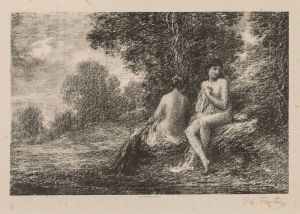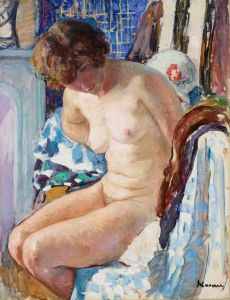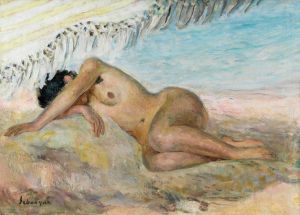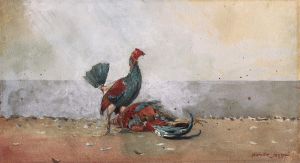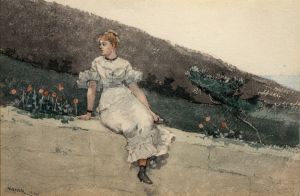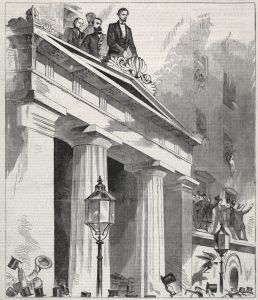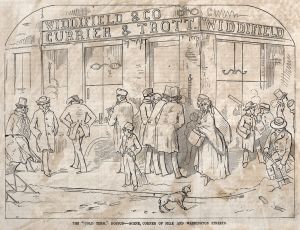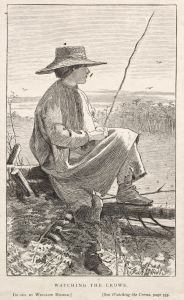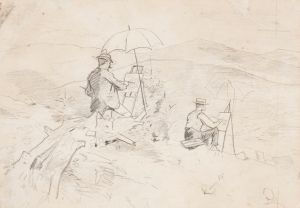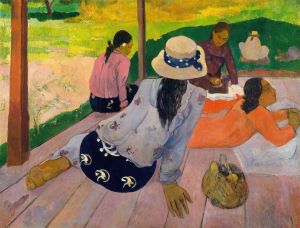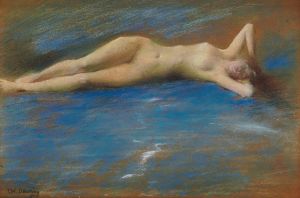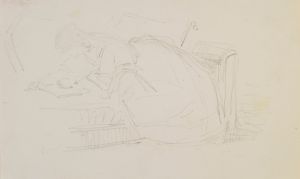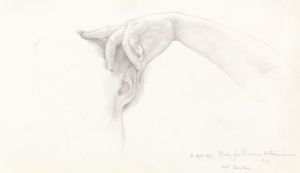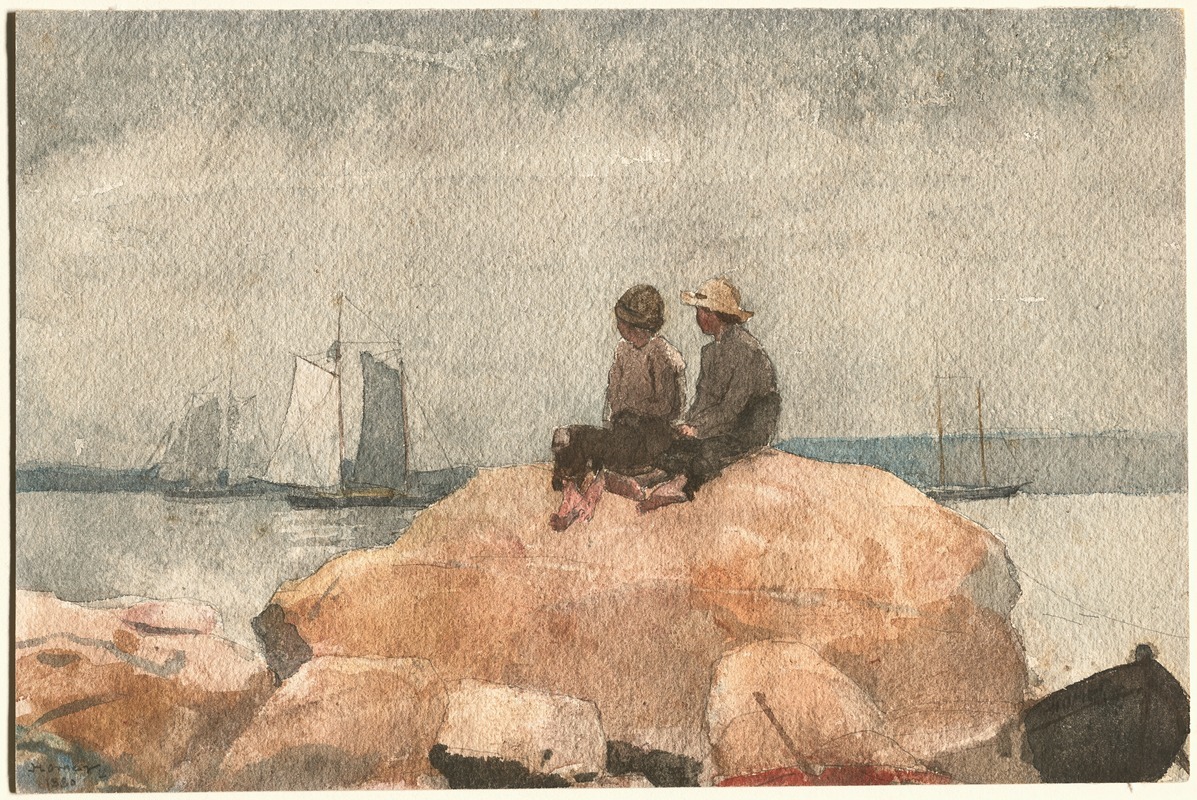
Two Boys Watching Schooners
A hand-painted replica of Winslow Homer’s masterpiece Two Boys Watching Schooners, meticulously crafted by professional artists to capture the true essence of the original. Each piece is created with museum-quality canvas and rare mineral pigments, carefully painted by experienced artists with delicate brushstrokes and rich, layered colors to perfectly recreate the texture of the original artwork. Unlike machine-printed reproductions, this hand-painted version brings the painting to life, infused with the artist’s emotions and skill in every stroke. Whether for personal collection or home decoration, it instantly elevates the artistic atmosphere of any space.
"Two Boys Watching Schooners" is a watercolor painting created by the American artist Winslow Homer in 1873. Homer, widely regarded as one of the most significant figures in 19th-century American art, is known for his depictions of everyday life, maritime scenes, and landscapes. This particular work exemplifies his skill in watercolor, a medium he increasingly turned to during the early 1870s.
The painting portrays two boys seated on a grassy dune, gazing out at schooners sailing in the distance. The scene is set along the New England coast, a region that frequently inspired Homer’s work. The composition captures a moment of quiet observation, emphasizing the connection between humans and the natural world. The boys, dressed in simple clothing typical of the time, are rendered with a sense of realism and immediacy, while the schooners in the background are depicted with delicate detail, reflecting Homer’s interest in maritime subjects.
Homer’s use of watercolor in this piece demonstrates his mastery of the medium. The transparent washes and subtle gradations of color convey the atmosphere of the coastal setting, from the soft hues of the sky to the earthy tones of the foreground. The painting’s simplicity and focus on light and texture highlight Homer’s ability to evoke mood and narrative through minimal elements.
"Two Boys Watching Schooners" is part of a broader body of work that Homer produced during his time in Gloucester, Massachusetts, in the summer of 1873. This period marked a turning point in his career, as he began to experiment more extensively with watercolor, a medium that would become central to his artistic practice. His works from this time often depict scenes of leisure, childhood, and the natural environment, reflecting both the cultural context of post-Civil War America and his personal interest in capturing the rhythms of everyday life.
The painting is currently housed in the Brooklyn Museum in New York. It remains a notable example of Homer’s early watercolor technique and his ability to convey the quiet beauty of coastal life.





